This is the first article of many which will look at some of the great mineral deposits of the world. These are the mega-deposits that keep hopeful young junior geologists up at night dreaming of drill cores, the kind that are the subject of a million conference papers and make or break legendary figures. Today I’m going to write about one of the biggest and baddest of them all- Olympic Dam in South Australia. It is unimaginably large and has a huge impact since it was discovered. It was the first active mine to crack $1 trillion in metal resources, it caused huge political uproar and single handedly overturned the uranium mining ban in South Australia and if that wasn’t enough it is the type deposit for a previously undescribed style of mineralization.
Owned and operated by BHP Billiton (LON:BLT) it is the definition of a Tier 1 asset clocking in at (as of 2012); 1.408
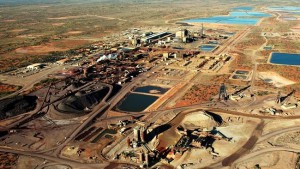
billion tons at 1.08% copper, 0.32 kilograms per ton of U3O8 (uranium oxide), 0.34g/t gold and 2.07g/t silver. The total resource including indicated and inferred works out to 172.8 billion pounds of copper, 95 million ounces of gold, 429 million ounces of silver and 5.477 billion pounds of uranium. In addition to these metals, there are substantial quantities of Rare Earths at Olympic Dam. Keep in mind that the ore zones are relative to the background mineralization which is unimaginably massive as the entire mineralized area has a background value of 0.5% Copper, 0.2 kg Uranium 0.5 g/t gold and 1 g/t silver over a 50 km2 area.
Discovery and Geology
Until the 1970’s Olympic Dam was completely unknown lying under 100’s metres of unremarkable weathered rock and a thick cover of sandstone and limestone. However it was a large gravity anomaly that was picked out from a survey and then drilled. The first hole missed, and the next 9 missed as well ( but intercepted large widths of alteration and sub-economic mineralization) it was the 10th hole RD-10 (Roxby Downs, the nearest town) which hit 170 metres of 2% Copper. By 1982, a 2 Billion tonne resource had been put together and by 1988 the deposit was in production.
Olympic Dam is the type deposit for a class known as Iron-Oxide-Copper-Gold or (IOCG) for short. These are large
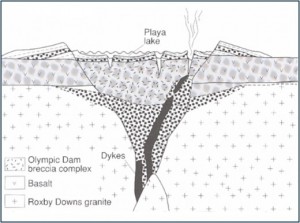
intrusive deposits which are characterized by the presence of hematite (an Iron Oxide) alteration and breccias. The mineralization is hosted in massive, irregular, breccia bodies on top of large granite batholiths. It is middle Proterozoic in age dating to ~1,588 Million years ago, and the granite formed as the roots of an ancient volcano. Later the volcano was worn away and Olympic Dam was buried under an ancient sea, which preserved it from future erosion.
The deposit itself is thought to have formed as multiple pulses of fracturing and mineralization came out of the underlying granite. These pulses, while enriching the grade of the mineralization, created an extremely complex pattern of alteration and mineralization which not only spreads outward from barren core but changes at depth.
Since its discovery and description in the 1970’s other deposits have been either re-interpreted as the model or new discoveries have been made using exploration techniques developed at Olympic Dam, however none has even come close to matching the original.

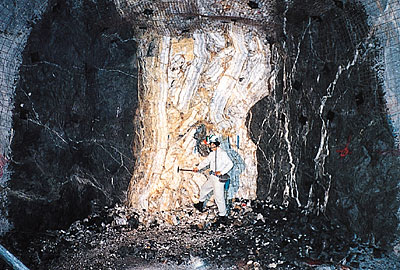
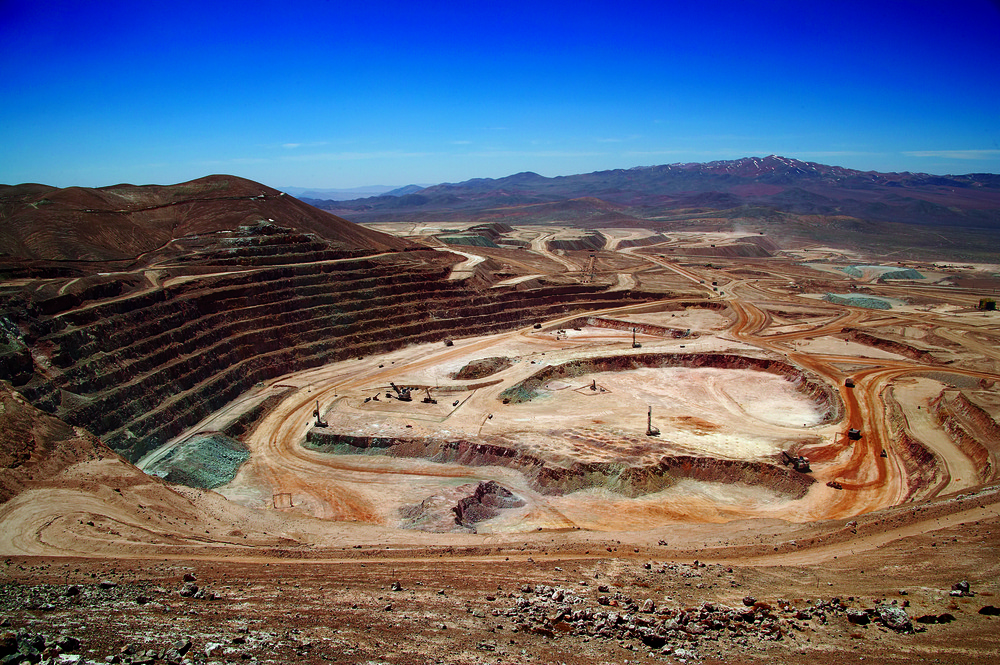
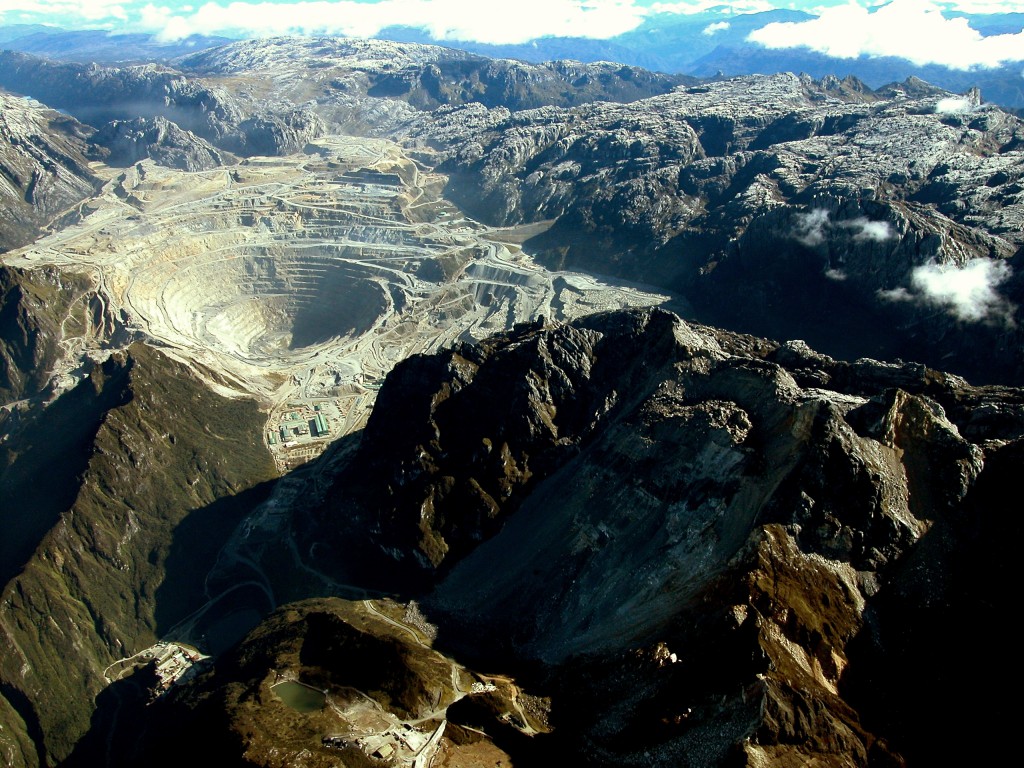

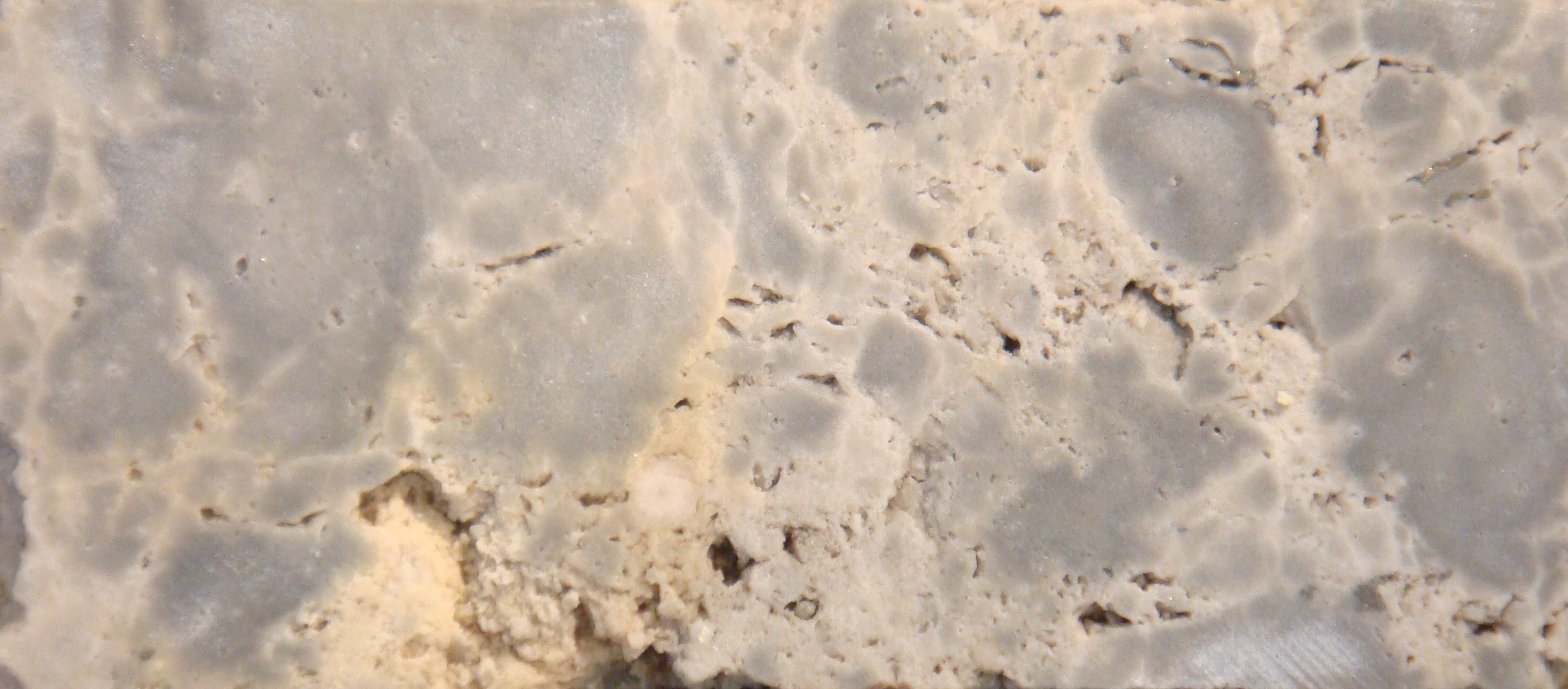
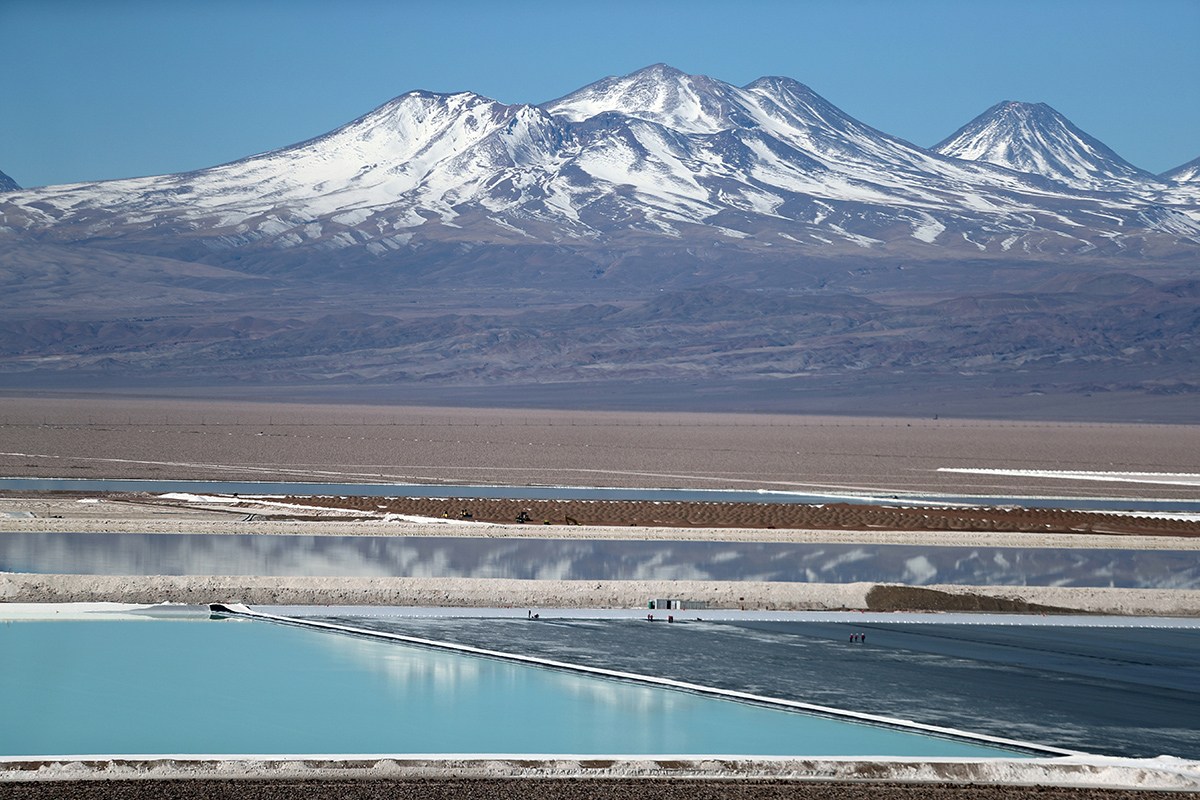

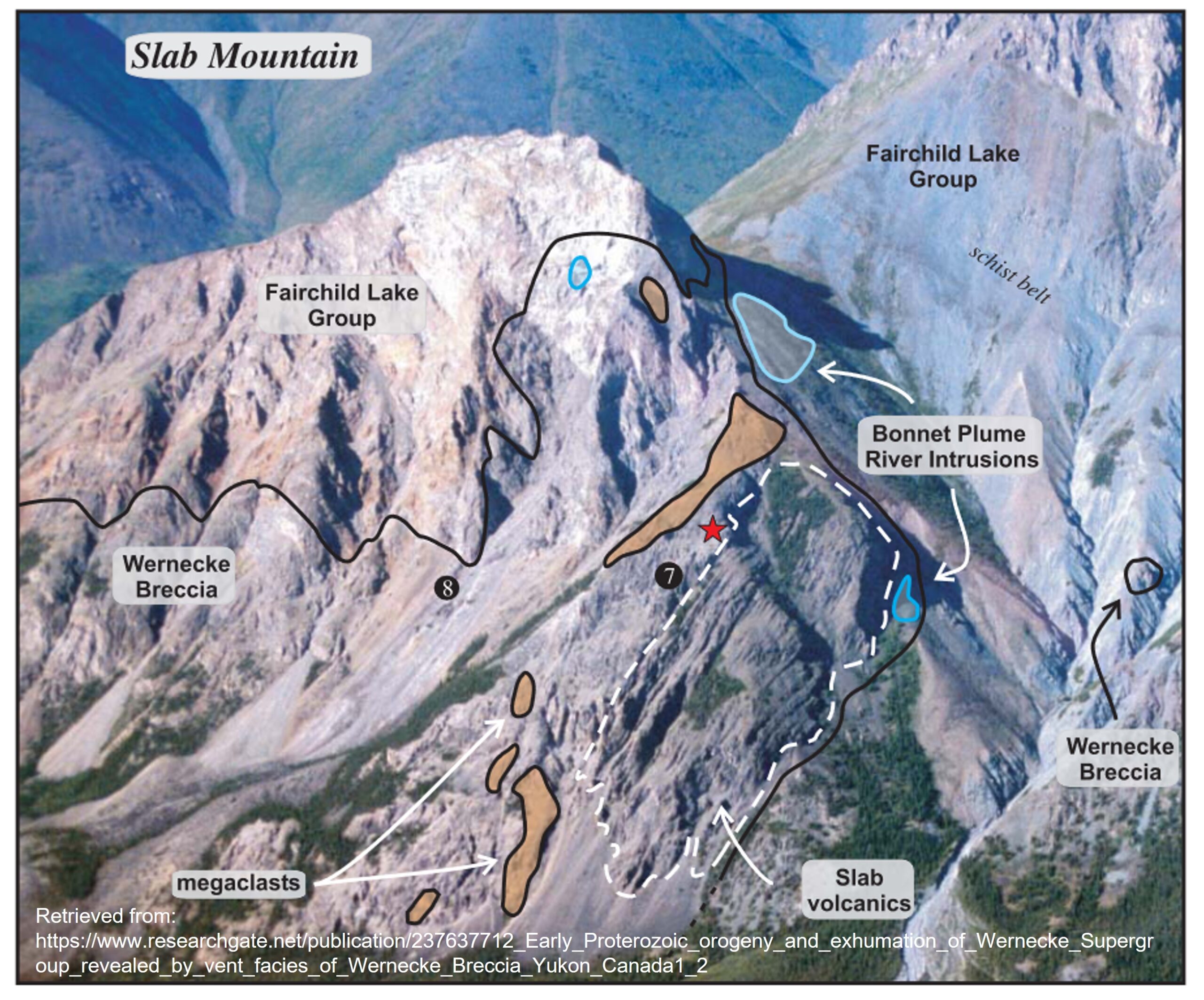
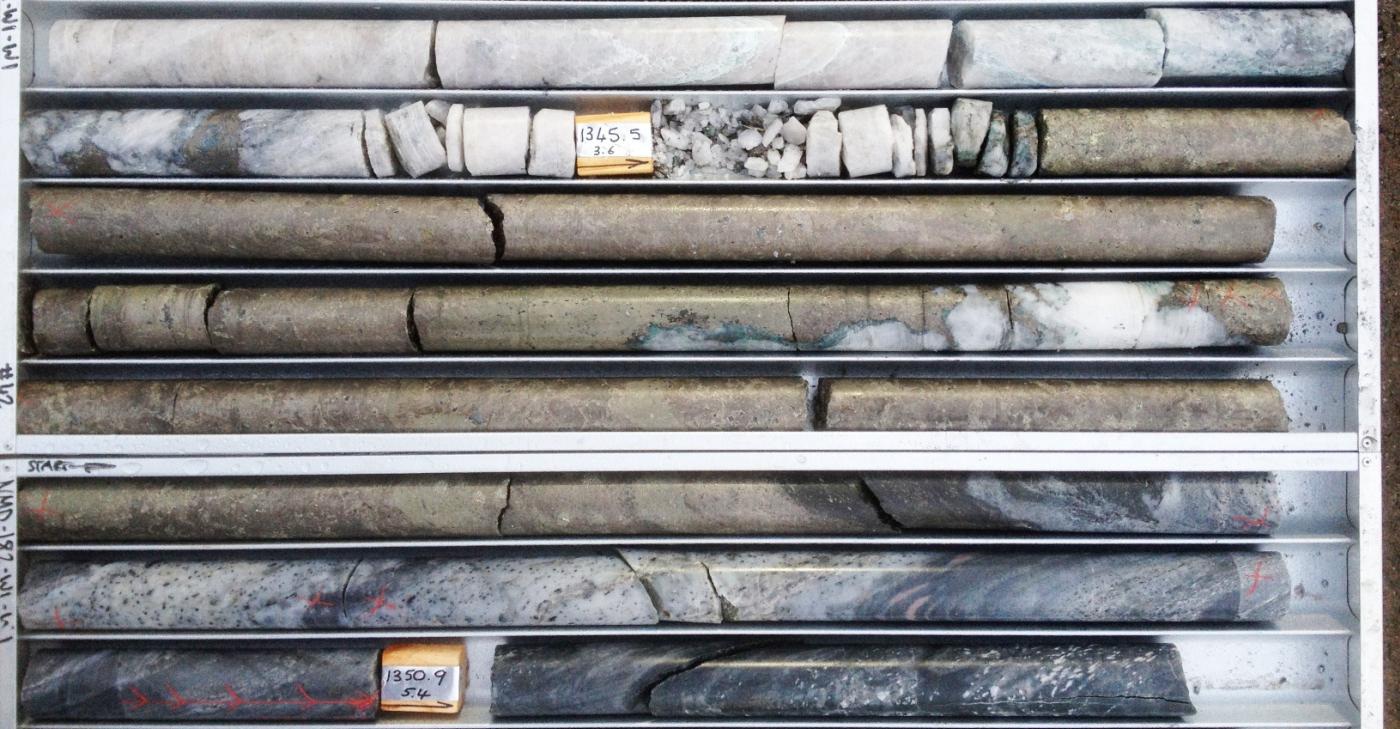
Great topic to start. Thanks
I agree. Give me more!
Hope you’ll write about the Pebble mega-porphyry Cu-Au-Mo in Alaska.